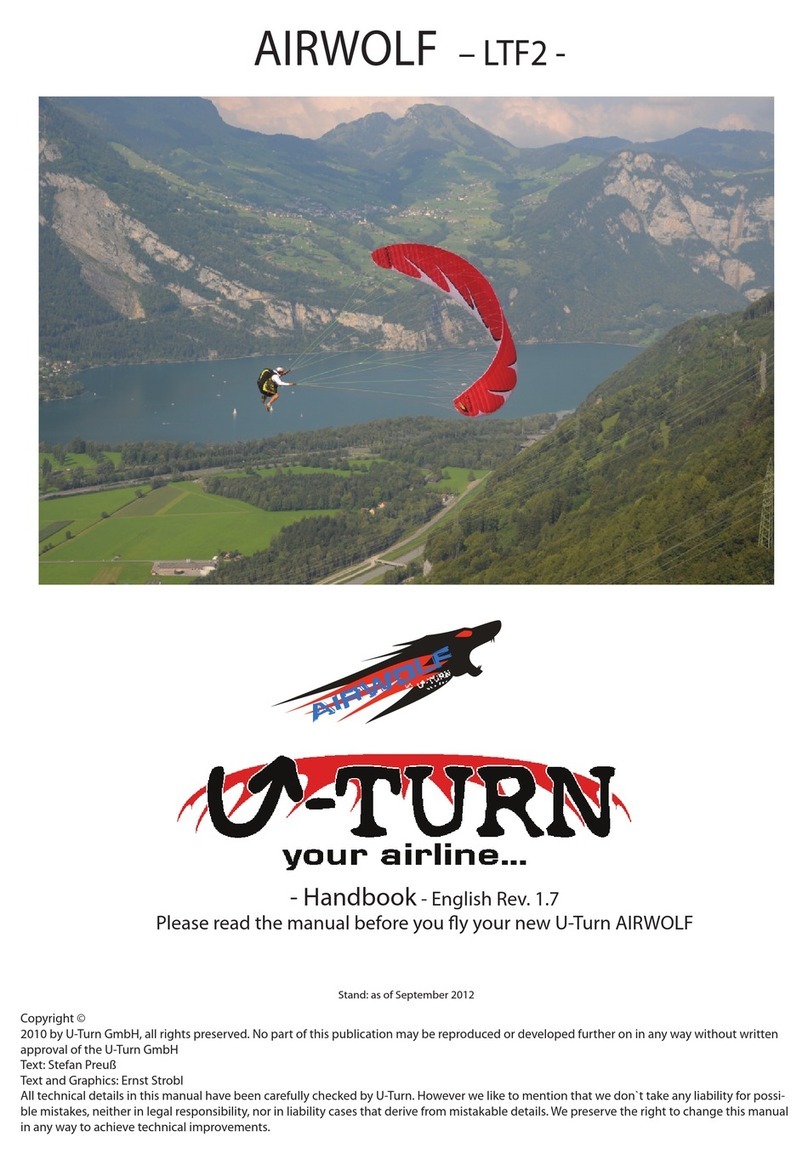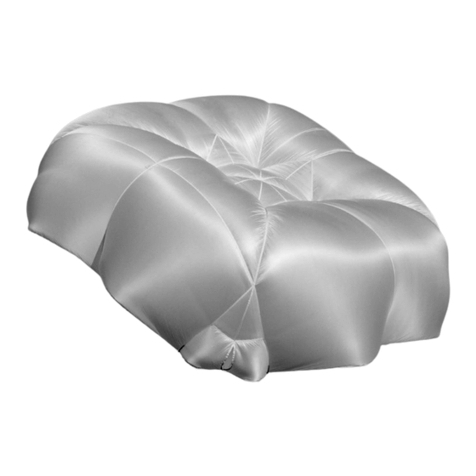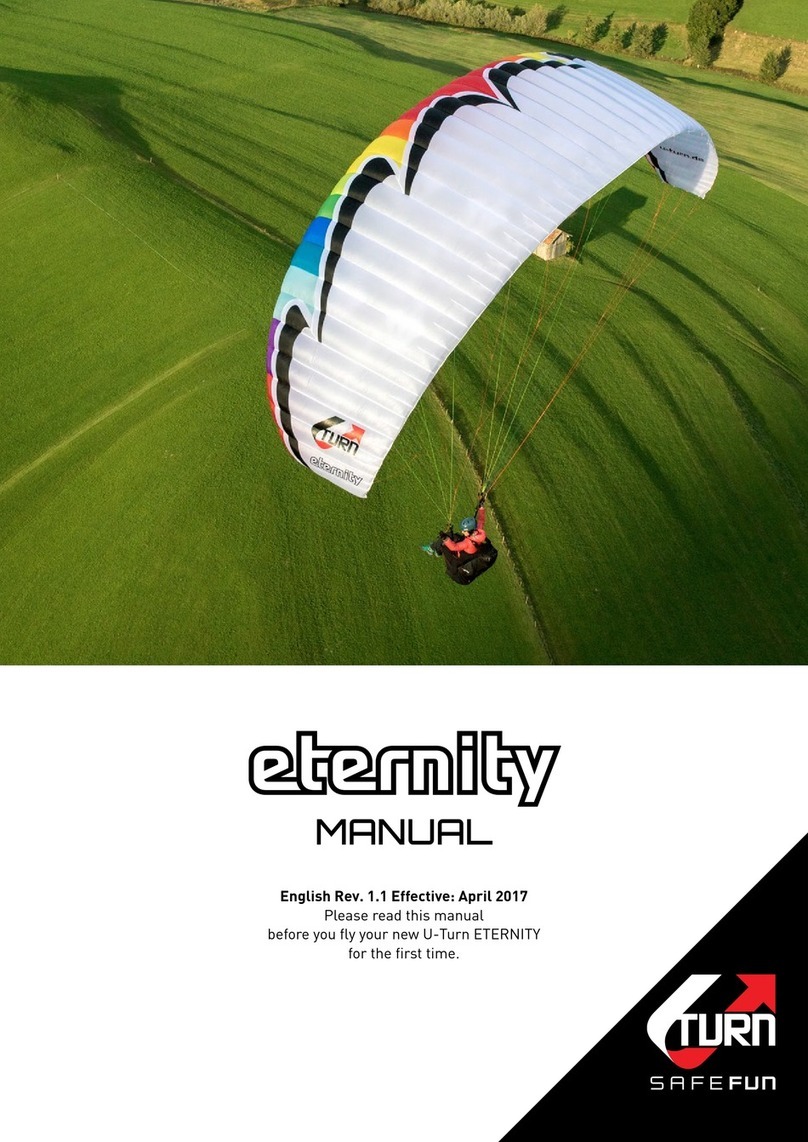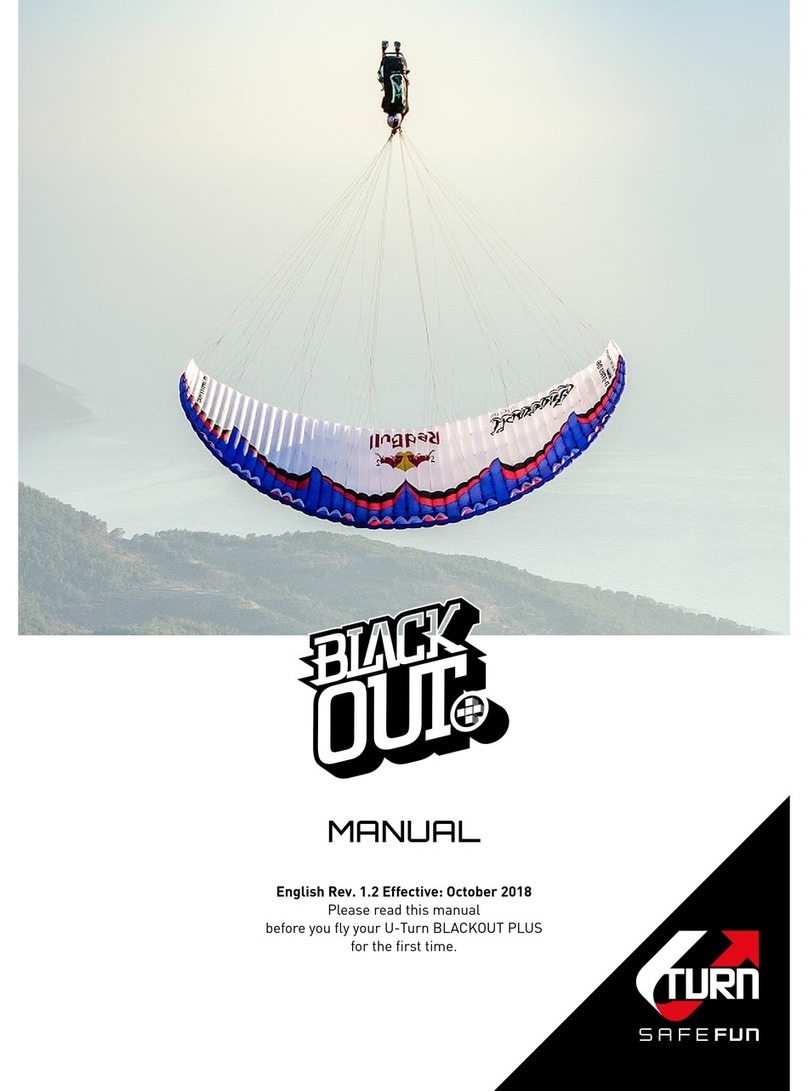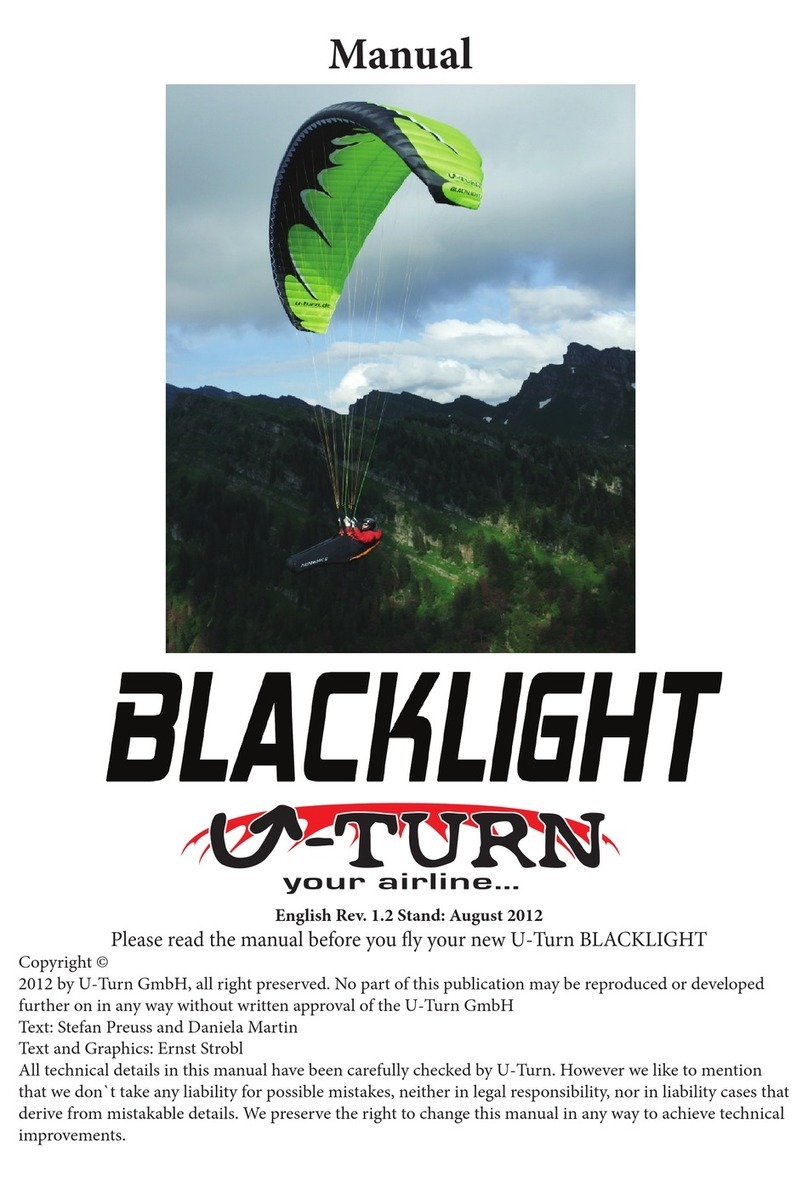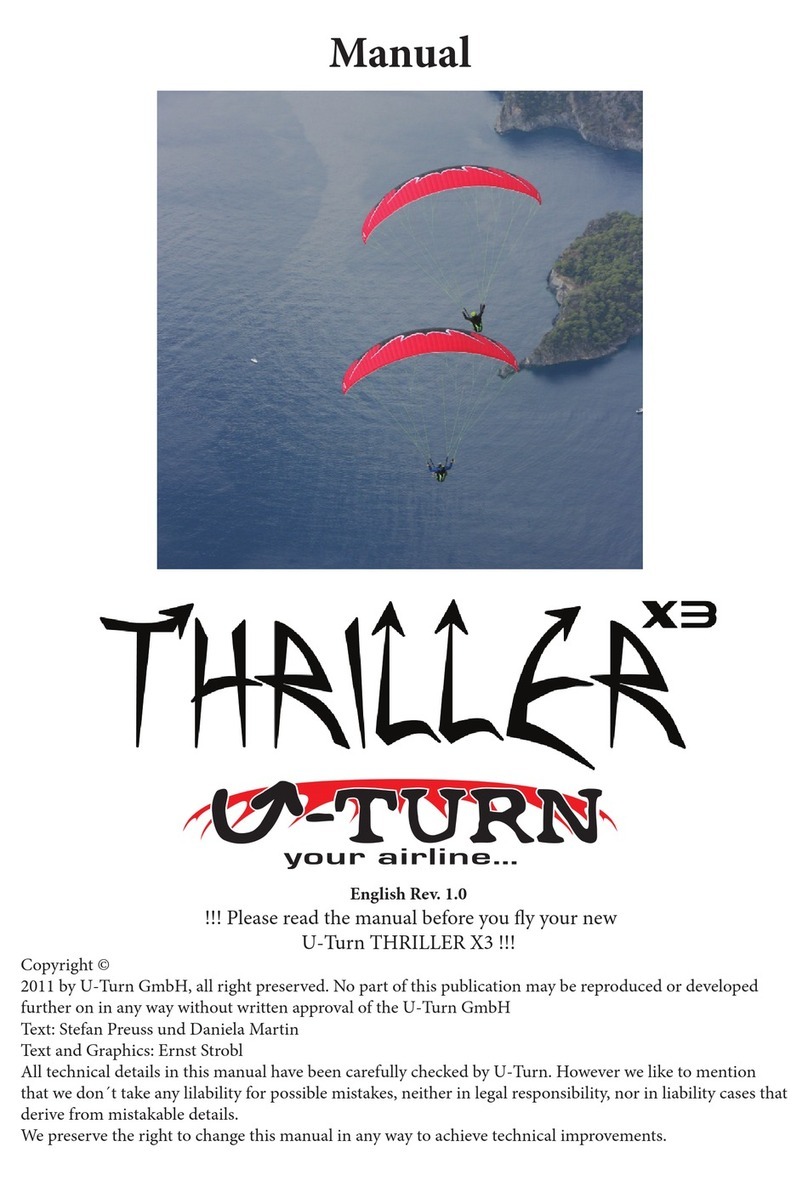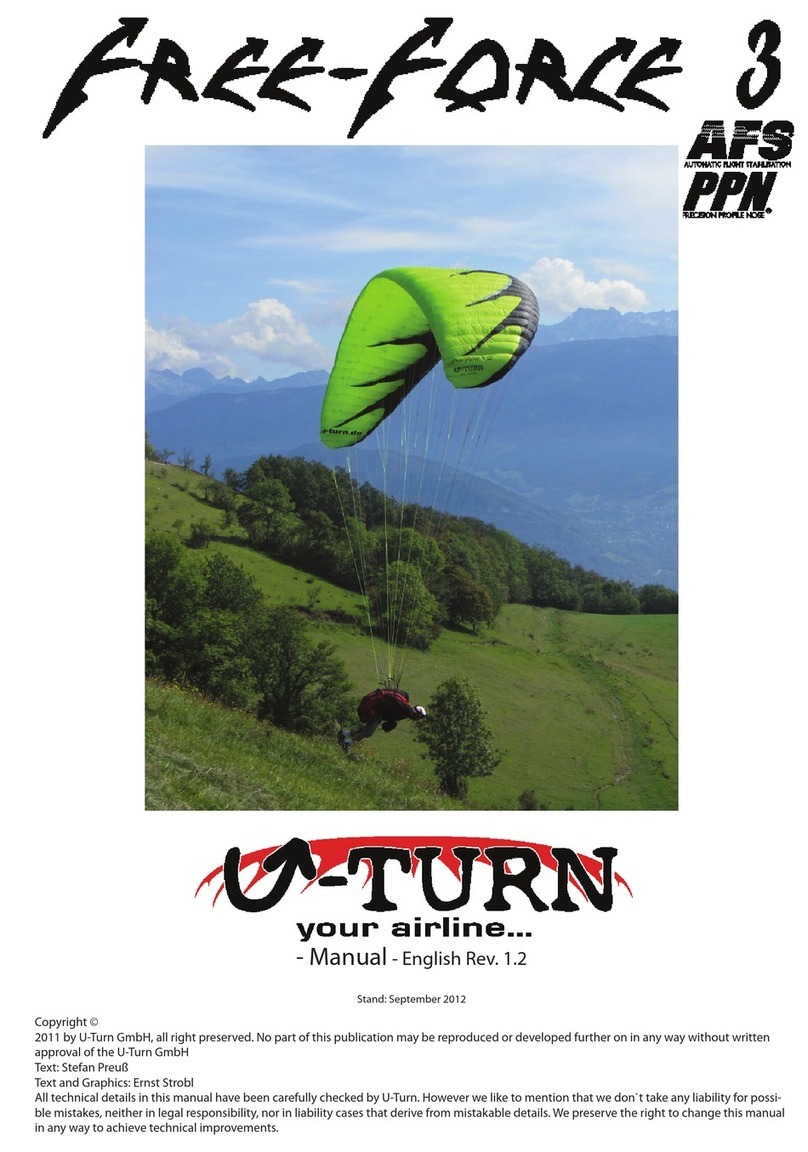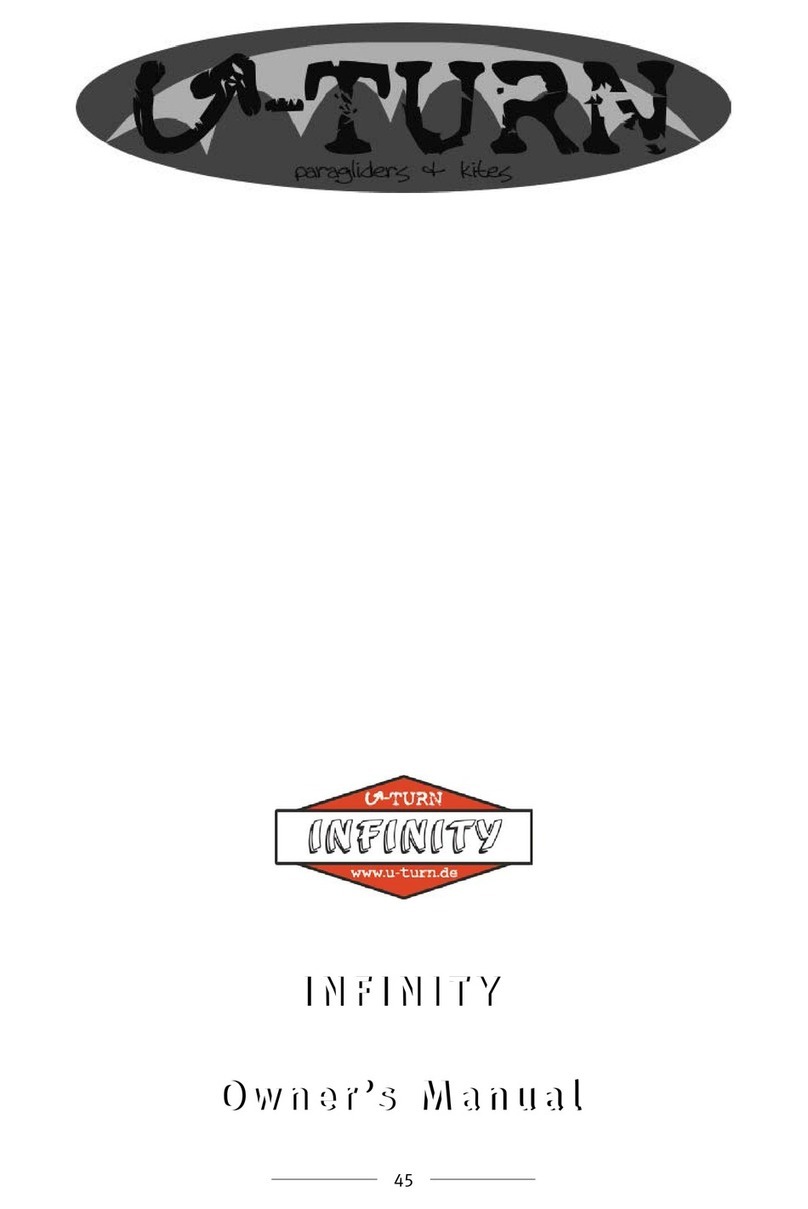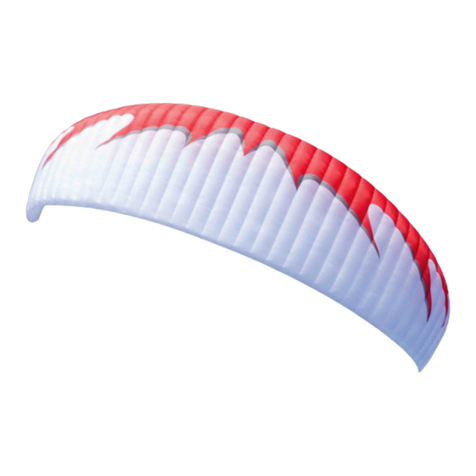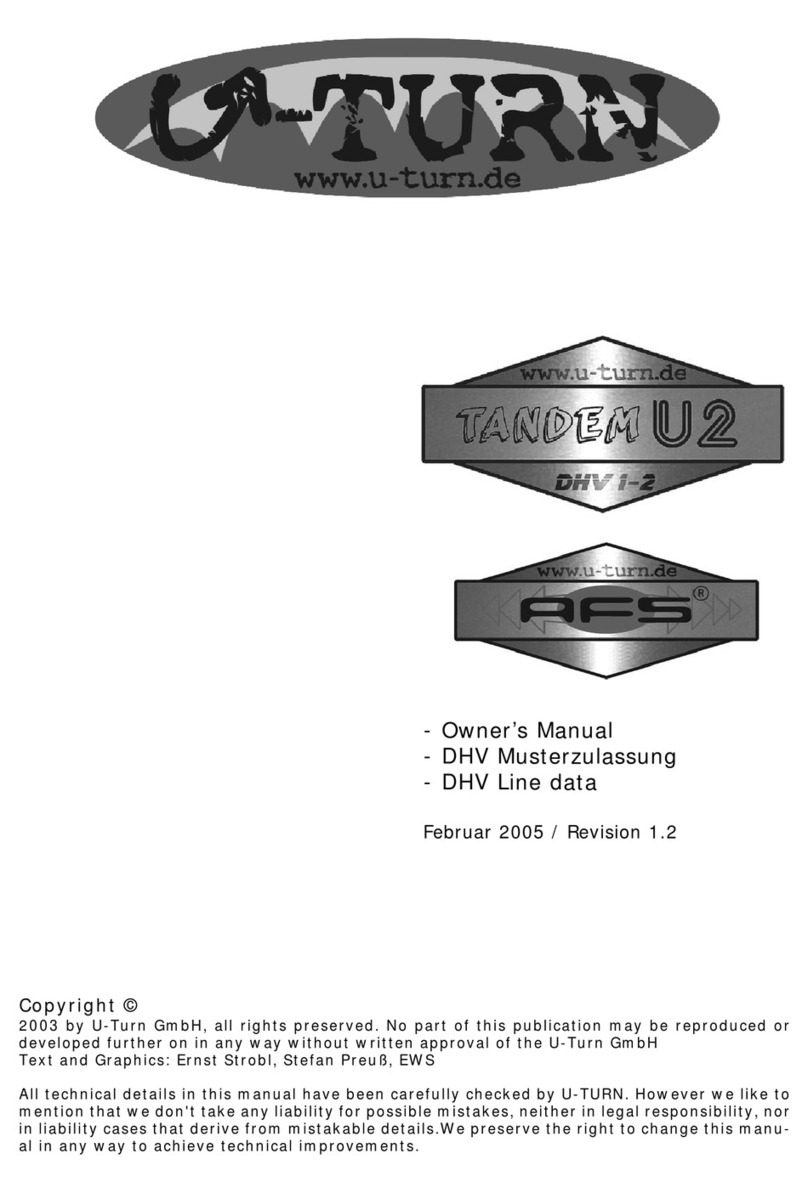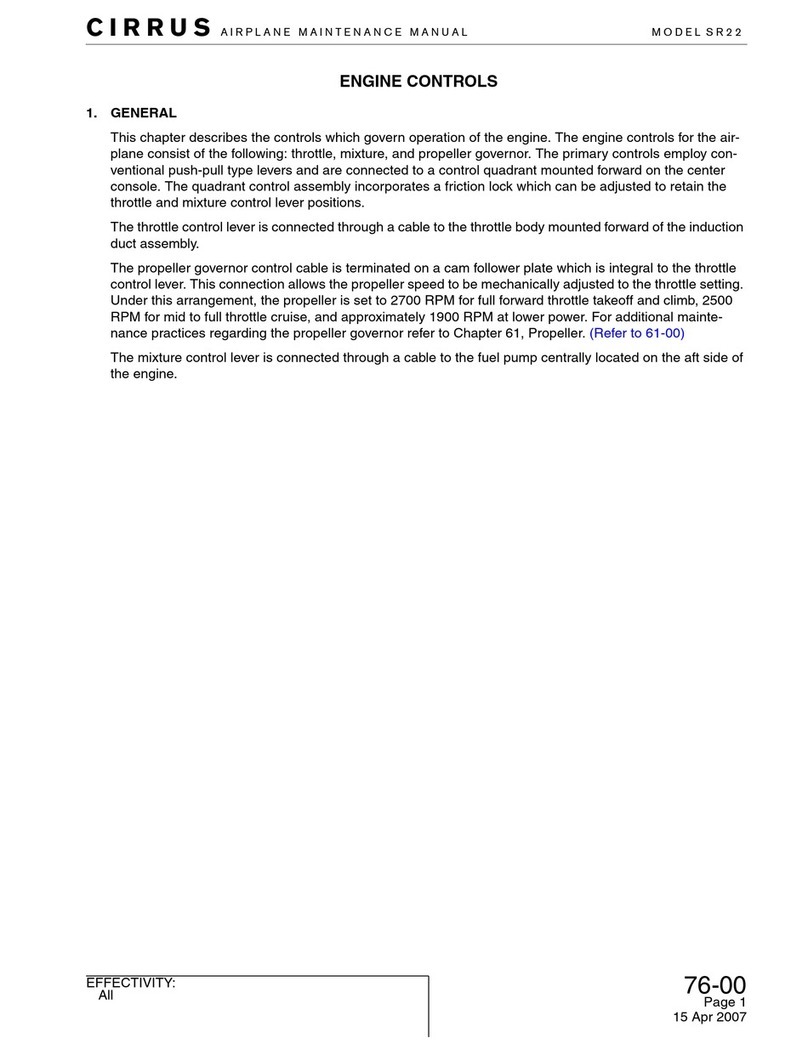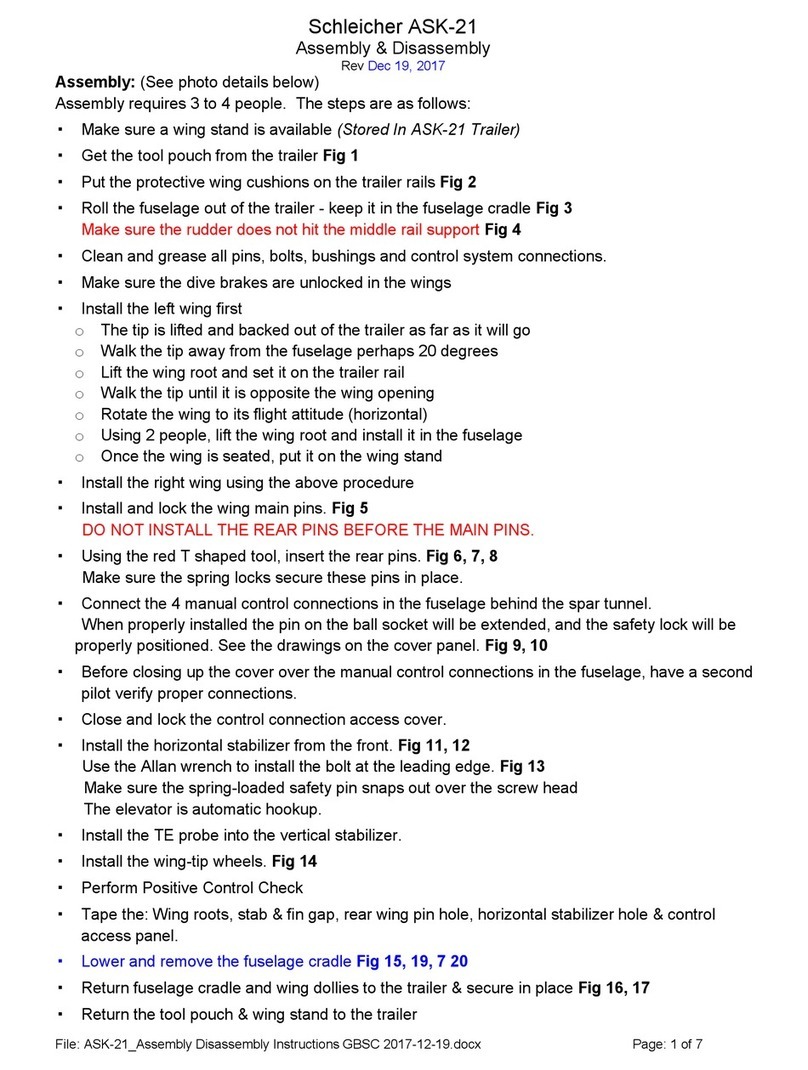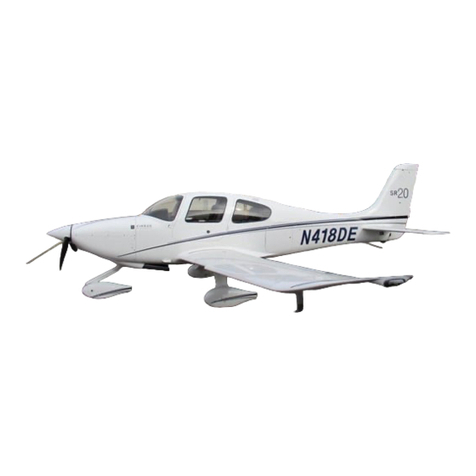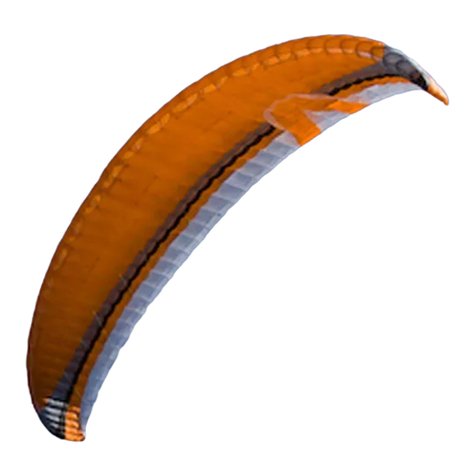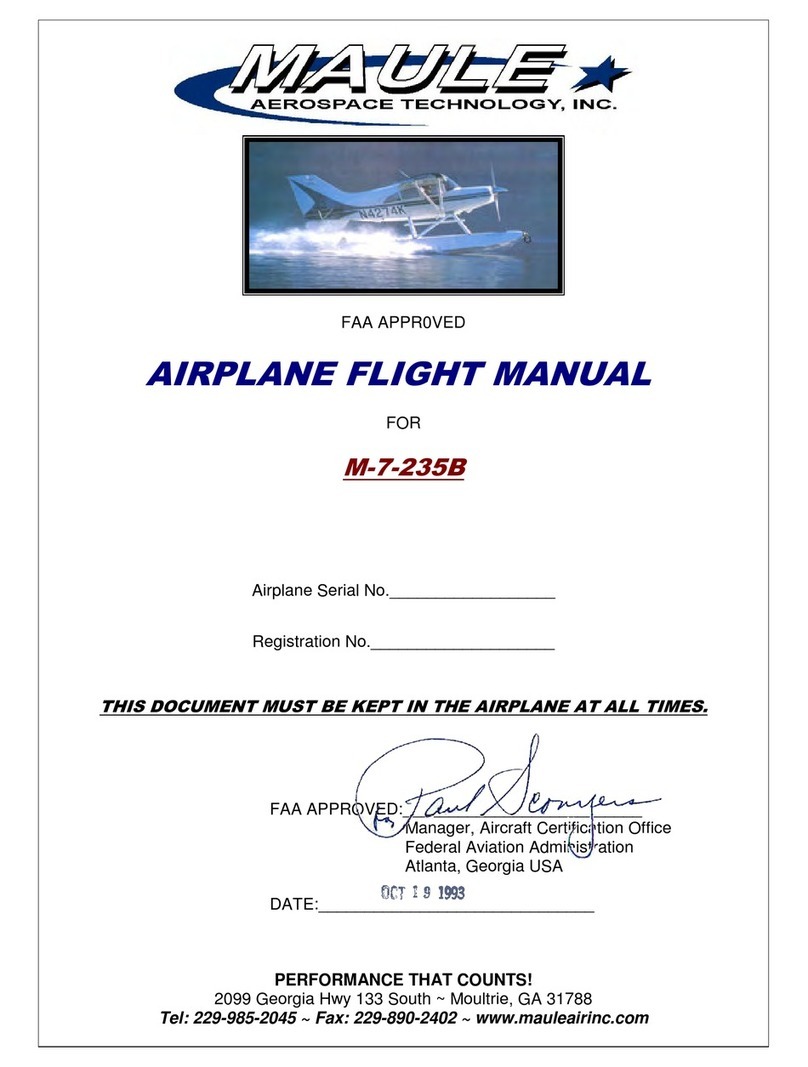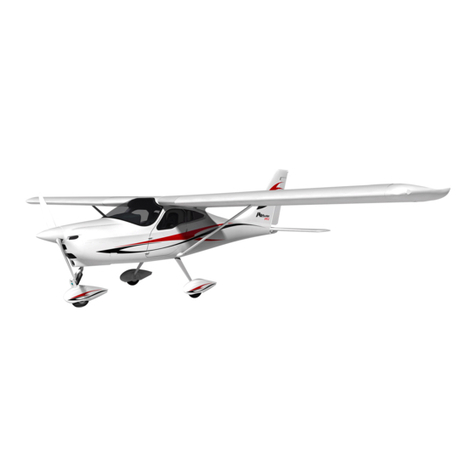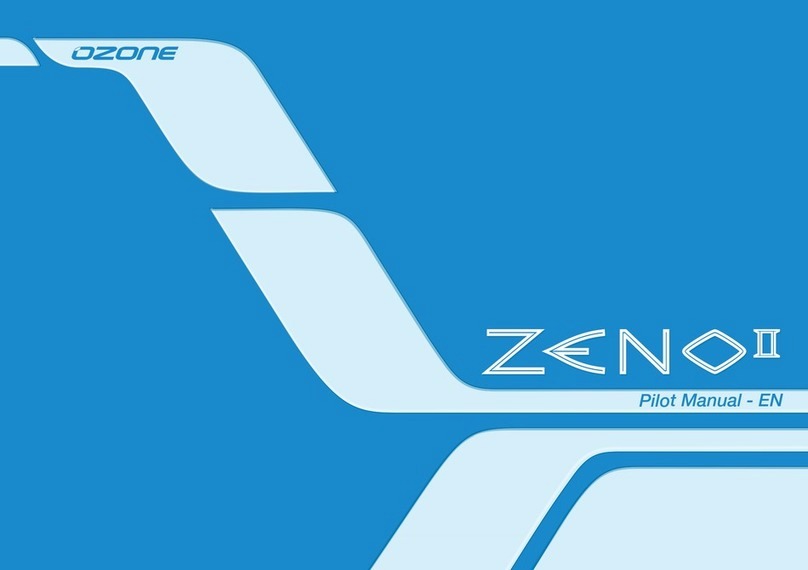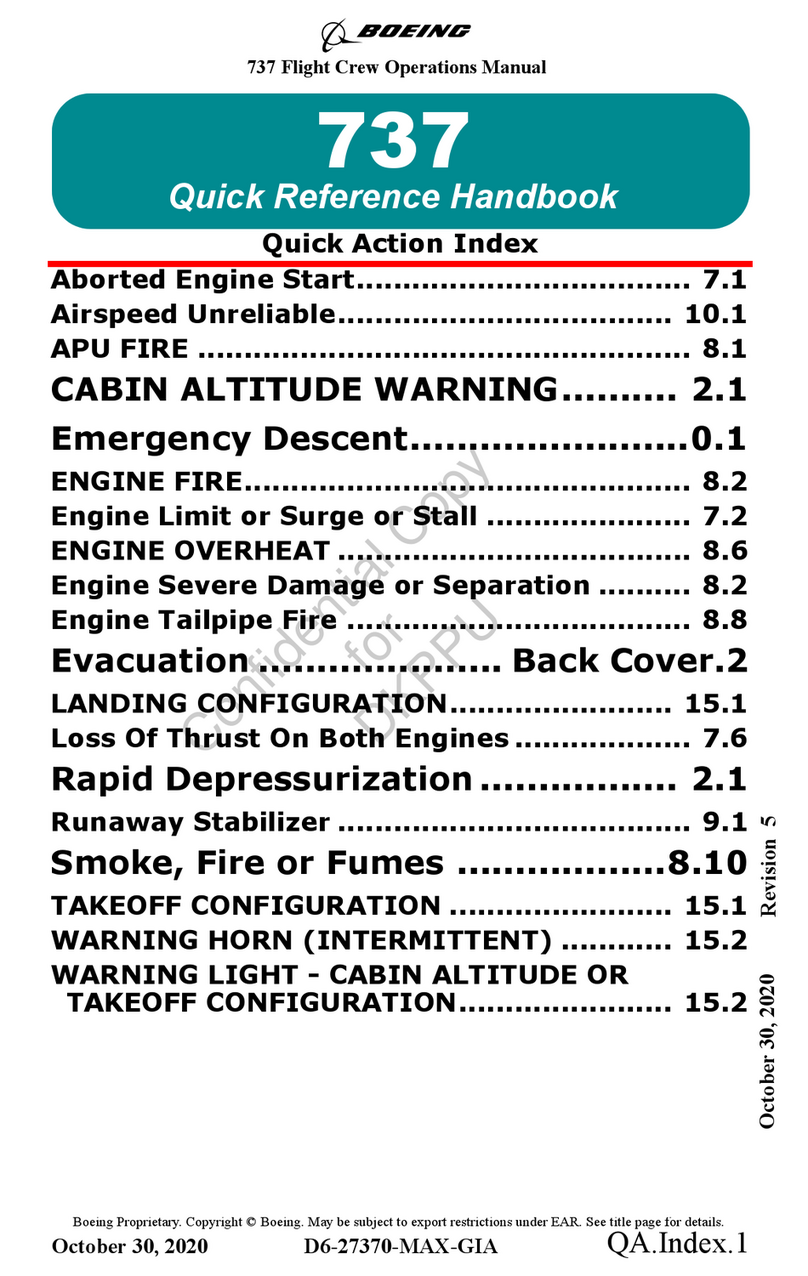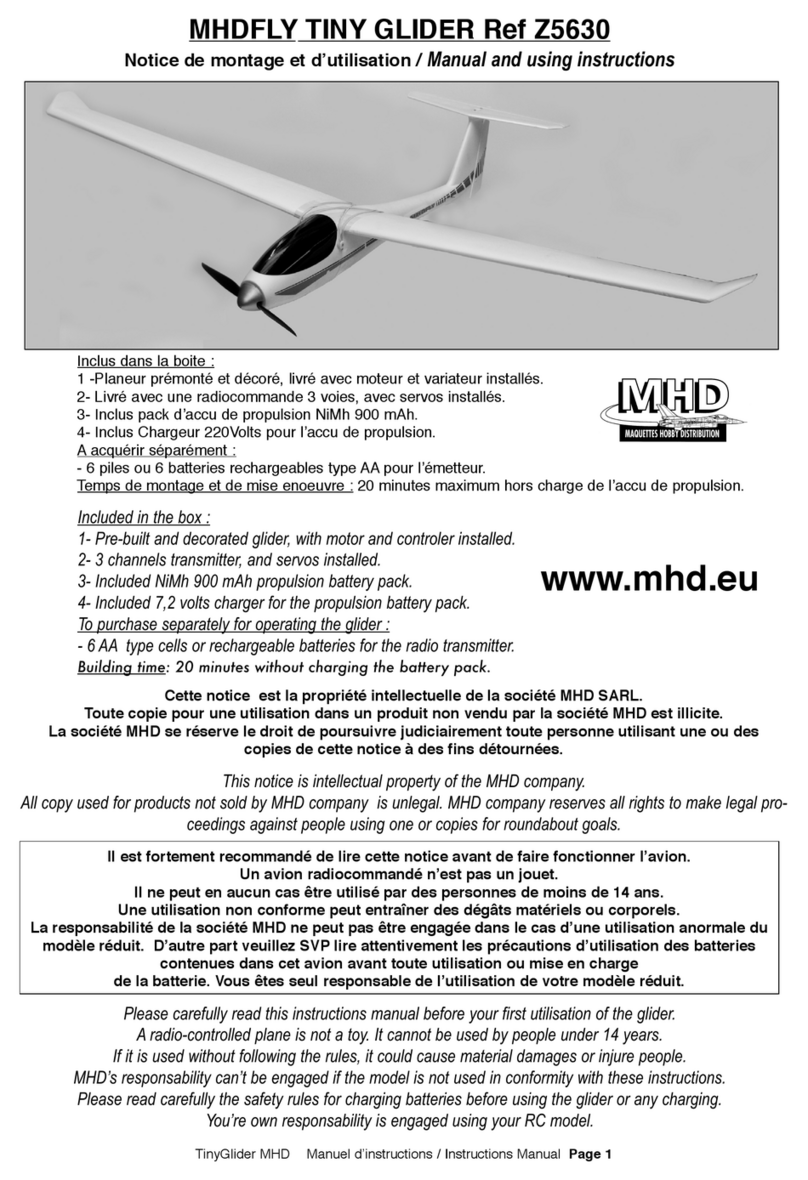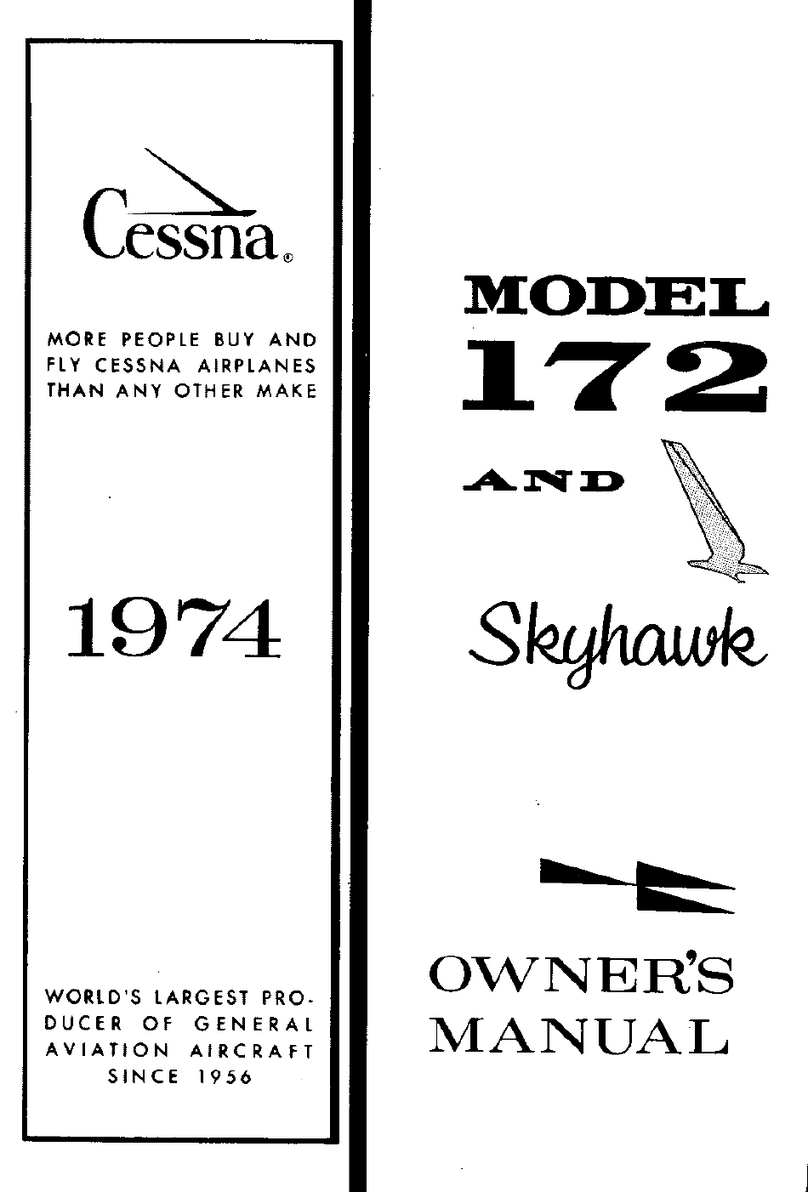
MANUAL | U-TURN | BLACKLIGHT 2 6 | 7
BlacKlight 2
innovation, that Will taKe you further
Revolutionary performance capability with straightforward handling - the BLACKLIGHT 2
Considerably raised the bar in the B-class. The demands to the new generation were accord-
ingly merciless. The BLACKLIGHT 2 packs a new performance dimension on top of that. The
wing was newly designed from scratch and comes up with a clearly higher speed and an
enormous glide ratio of 10.7. The BLACKLIGHT 2 conveys an appreciable compact feeling and
efficiently brings the power to XC adventures. The fascinating sportive handling is what makes
the glider a precise thermal turner. Besides the impressing performance the wing also offers
safety and comfort that will take you even further.
The revolutionary high-end B XC wing BLACKLIGHT 2 emphasizes the innovative energy of
U-Turn. The wing was completely newly constructed and carries the tradition of high perfor-
mance capability with easy handling into the future. The work in development to re-interpret
the top seller took over two years. Of course, all parameters were meant to be improved upon
clearly. That admittedly posed a quite ambitioned challenge, that was more than achieved with
the BLACKLIGHT 2. The new overall concept not only brings a clear increase on power but also
the handling and safety were refined and optimized. Additionally, remarkable weight saving was
realized through intelligent construction innovations.
The kilometer-eater reacts precisely and absolutely free of delay to the smallest control pules
and translates thermal lift into height very reliably. The sleek wing also stands compactly in
turbulent air and nevertheless conveys a precise feedback. Above all the sharknose provides a
high stability and an extended inflow area, which especially provides more comfort and power
on longer XC flights. However, the reactions of the canopy are moderate and soft. The high-
performance potential gives the wing excellent starting features and ensure a low take off
speed as well as very good slow flight features.
The BLACKLIGHT 2 is based on a new ground plan and paired with an elaborately calculated
wing profile, which provides much power with high stall tolerance. Chief designer Ernst Strobl
equipped the BLACKLIGHT 2 with a sharknose, that provides higher stability during higher
speeds. The 3D shaping gives the wing a wrinkle-free tension and increases, in combination
with the Precision Profile Nose (PPN), the form fidelity in the nose area. Complex calculations
of the ballooning in conjunction with the optimized pre-tensioning of the wing provide the
perfect flow around the profile.
The High Pressure Crossport Design (HPCD) idealizes the lateral aeration of the crossports and
provides the wing with a balanced internal pressure. The line setup is very straightforward with
three main lines.
Low canopy weight with high durability - the intelligent material mix and high-quality process-
ing of the BLACKLIGHT 2 promise that. The power wing is exclusively manufactured with the
top material Dokdo 20. The high-quality fabric guarantees low self-weight at high abrasion
resistance. Therefore, the outstanding flying features can be sustained over a long time.
